‘Valleys breathe, heaven and earth move together,/ daisies push inches of yellow air, vegetables tremble,/ grass shimmers green…’ The characteristic undulations of the voice of the Beat poet Allen Ginsberg greet the visitor on entering Wales Visitation: Poetry, Romanticism and Myth in Art at the National Museum Cardiff. Bearded and mellifluous, projected to mythic proportions across a vast expanse of wall, Ginsberg is seen reading his poem ‘Wales Visitation’ on American television in 1968, telling less of visits than of visions.
Already a subscriber? Log in
Subscribe for just $2 a week
Try a month of The Spectator Australia absolutely free and without commitment. Not only that but – if you choose to continue – you’ll pay just $2 a week for your first year.
- Unlimited access to spectator.com.au and app
- The weekly edition on the Spectator Australia app
- Spectator podcasts and newsletters
- Full access to spectator.co.uk
Unlock this article
You might disagree with half of it, but you’ll enjoy reading all of it. Try your first month for free, then just $2 a week for the remainder of your first year.

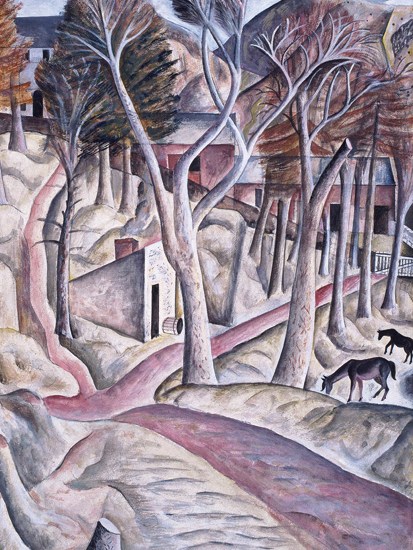

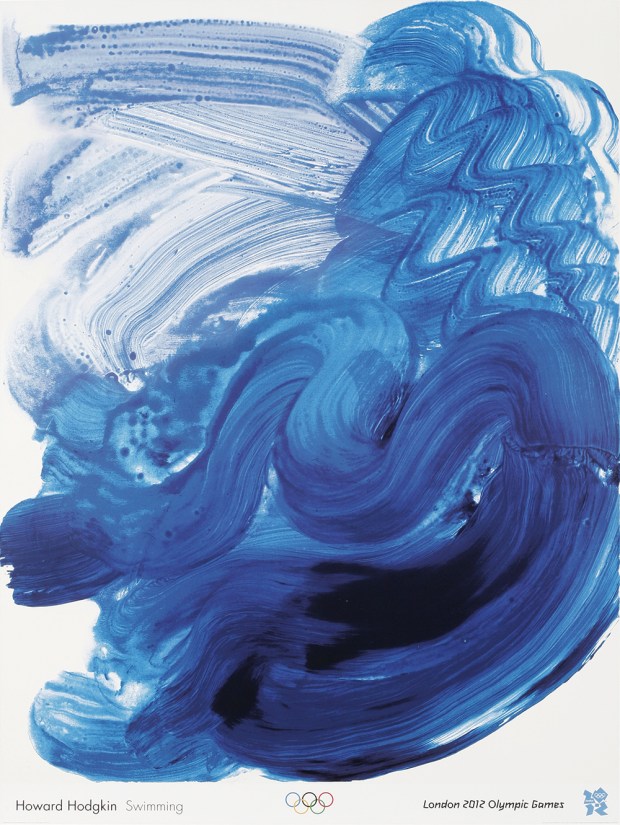
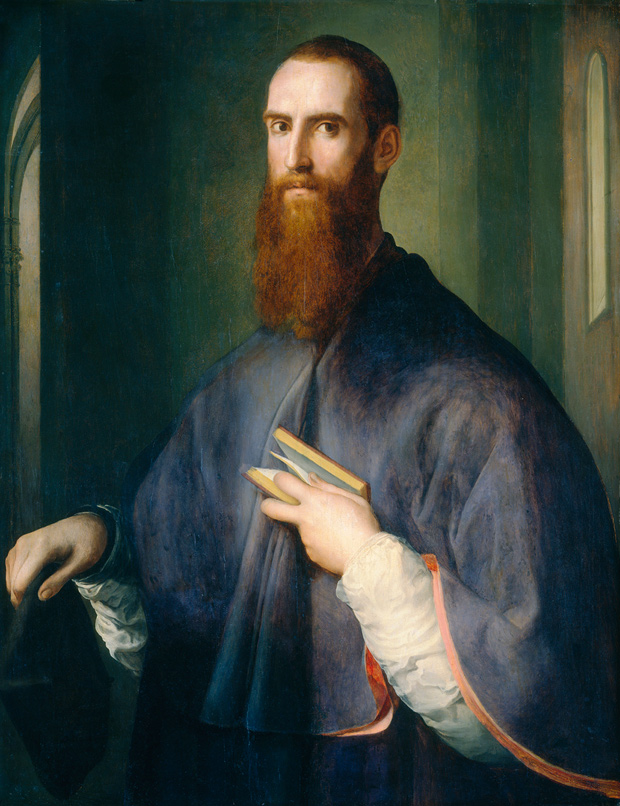
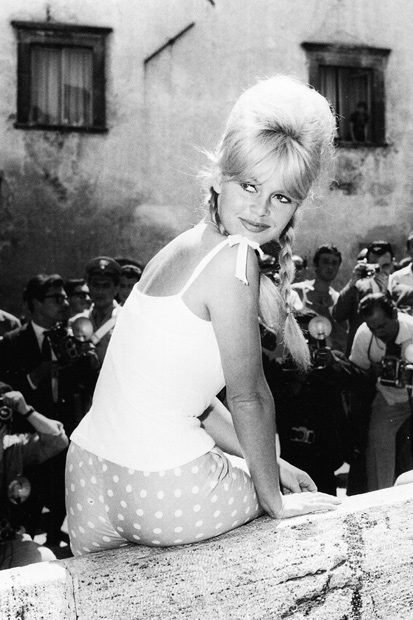
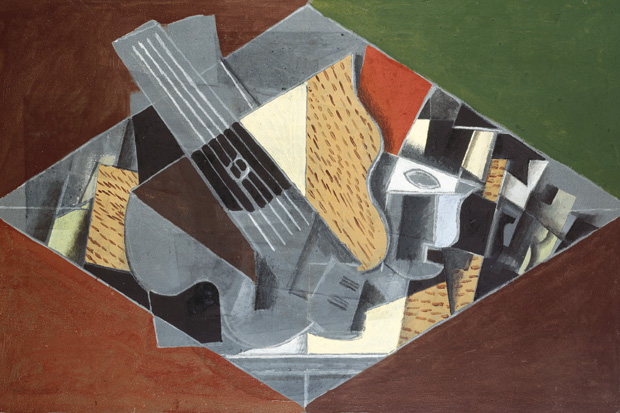
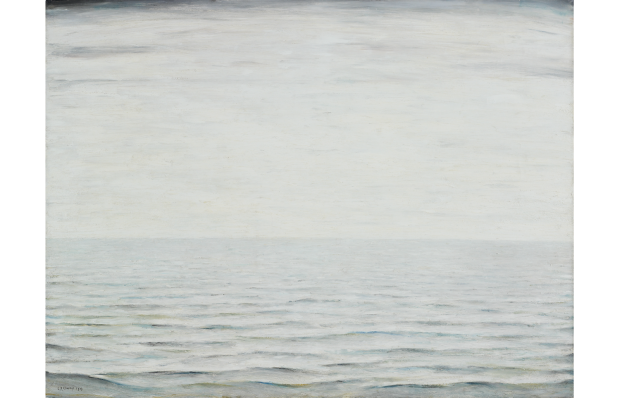






Comments
Don't miss out
Join the conversation with other Spectator Australia readers. Subscribe to leave a comment.
SUBSCRIBEAlready a subscriber? Log in